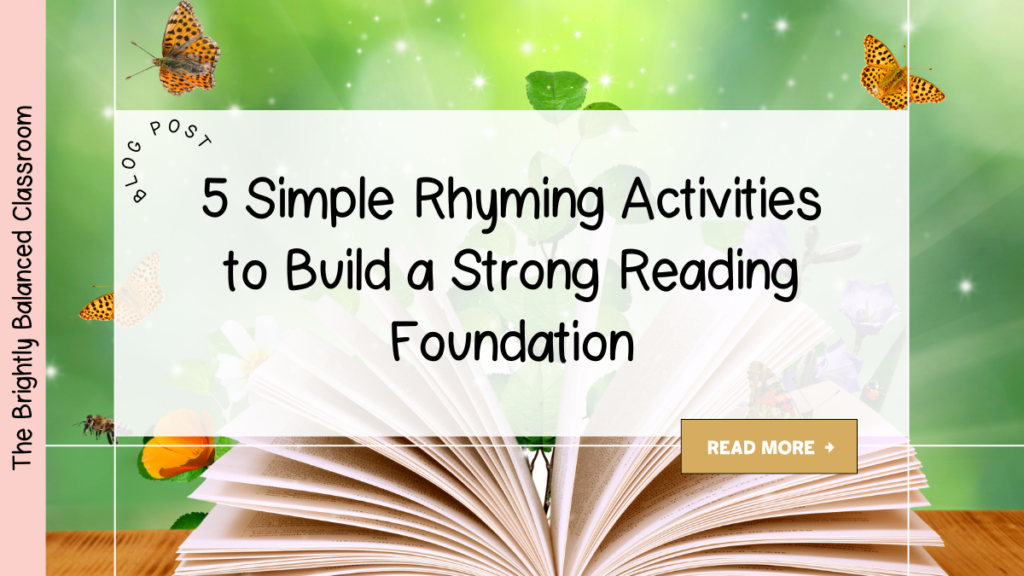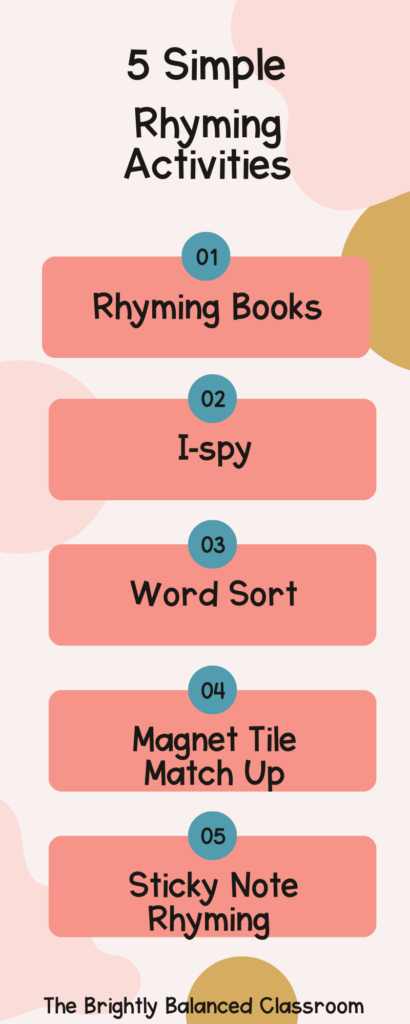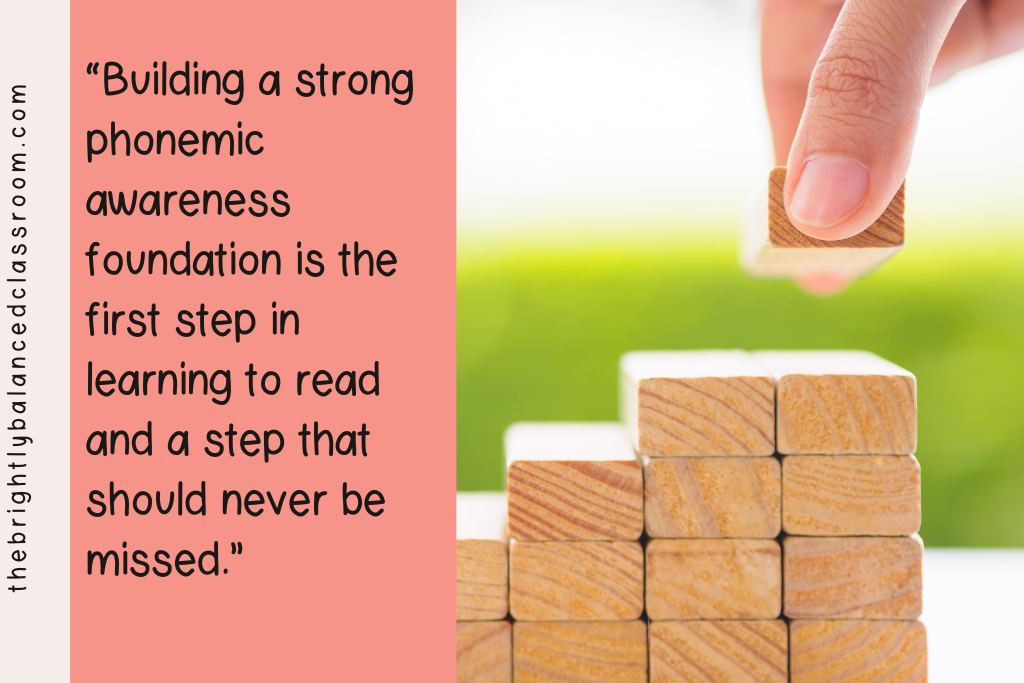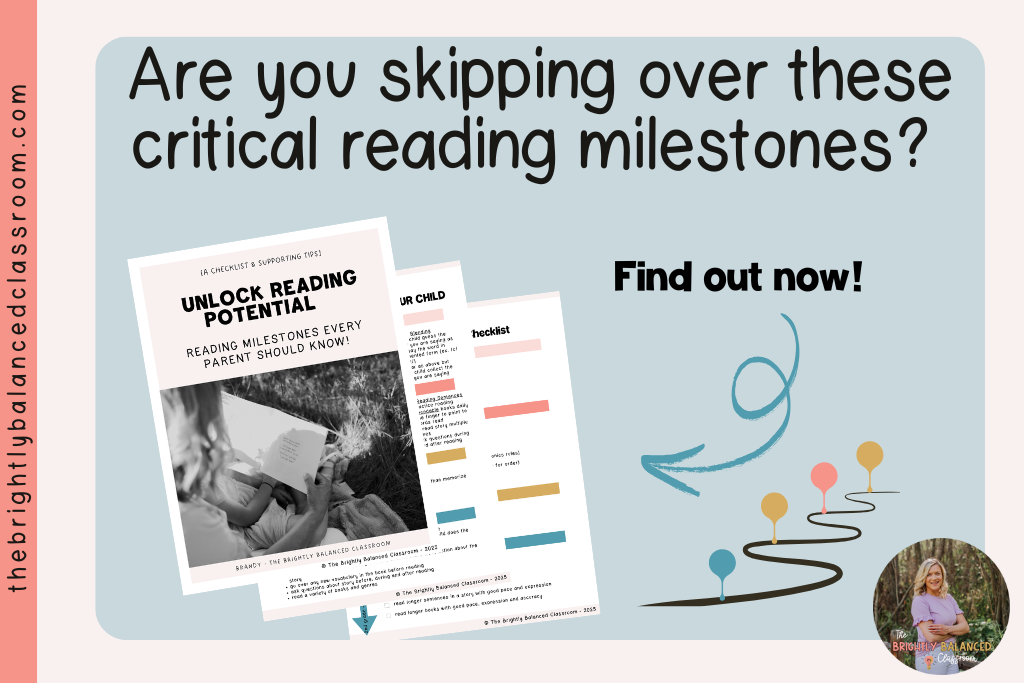5 Simple Rhyming Activities to Build a Strong Reading Foundation
Rhyming activities are crucial to learning to read because they build phonemic awareness. Phonemic awareness is the ability to hear and discriminate sounds within words without any print attached. So why is phonemic awareness the first step in learning to read? Imagine a student sounds out a word correctly but cannot blend the word together to create a word. Without the ability to process the sounds heard by a student, reading can not take place.
Building strong phonemic awareness is the key to reading and the first step. To learn more about phonemic awareness, its importance and ways to support this read this blog post here. In short, phonemic awareness can and should be first learned and practiced at home. This can easily be done through rhyming activities.

Rhyming Stories
Rhyming activities are important for building strong phonemic awareness because when identifying, creating, and altering rhyming words students are identifying and manipulating phonemes (sounds) within words. Identifying and manipulating words is a component of phonemic awareness.
These activities can easily be supported at home and in the classroom by reading rhyming books. Rhyming books typically follow a pattern in which the ending word in a sentence rhymes with the ending word of the next sentence. When reading these books out loud children begin to hear and identify words that rhyme. This is a sort of training for their ears.
Take this a step further and purposefully leave off the ending of a sentence and have children name the rhyming words. This is fun, easy to do on the spot and takes virtually no prep. Be sure to read with expression when leaving blank spaces for children to fill in missing rhymes.
Rhyming Book Recommendations
Below is a list of rhyming books for early readers Preschool to 1st grade. Purchase these to always have on hand or in your classroom library or rent these from your local public library.
- Goodnight Moon by Margaret Wise Brown
- Brown Bear, Brown Bear by Bill Martin Jr. & Eric Carle
- Chicka Chicka Boom Boom by Bill Martin Jr.
- Moo Baa La La La by Sandra Boynton
- Llama Llama Red Pajama by Anna Dewdney
- Is Your Mama a Llama? By Steven Kellogg

Rhyming Activities
Phonics games are important when learning to read by phonics. Games are engaging, repetitive (needed when learning to read) and often are hands-on and involve movement. Learn more about the importance of phonics games with this blog post.
Below are a list of easy rhyming activities to add to your teaching toolkit.
Rhyming I spy
The great thing about building phonemic awareness is there is no print attached so this game of i-spy can be done anywhere without any materials.
Simply say, “I spy something that rhymes with __state word___ (ex. cat).” Students will guess rhyming words until they have found the correct answer. This can be done while driving to school, walking around the park or out at recess, or virtually anywhere else.
Rhyming Word Sort
Word sorts are powerful because students pay attention to phoneme discrimination, that is the differences between sounds in words. Again, this is training the ears. When sorting rhyming words, students are really sorting based on onset (the first sound in a word) and the rime (the ending sound (the rhyme of words). For example, in the word ‘cat’, /c/ is the onset and /at/ is the rime.
One simple activity is to sort rhyming words based on word families. For example, sort words based on these endings -an, -at, -am and -ap. Since we are mostly concerned with sounds and not print, I would show students image cards that could possibly have a word attached but doesn’t need to.
Magnet Tile Rhyming Match Up
Anytime we can combine hands-on practice and new learning we strike pure gold. My favorite way to do this is with magnet tiles. This activity is low prep and high results. Simply cut out rhyming pictures and place one on each magnet tile. Your child can then pair rhyming picture magnet tiles together with ease since they rhyme. This is great to do together as an activity. Also, once you are done working on these rhyming magnet tiles together DO NOT PUT THEM AWAY. Instead place them on the refrigerator for your child to explore often, especially while you are cooking or preparing meals.
Rhyming Sticky Note
You don’t need to be an artist to make this activity fun and worthwhile. Rather have fun with it. Grab a few sticky notes and draw a picture of something you know will rhyme with an object in your house or yard. Give your child the sticky notes and have them go around the house trying to find the rhyming word match. Once they have them they will place the sticky note on the household item.
Some easy pictures to draw that may go easily with household items include:
- Star / car
- Mouse / house
- Bear / chair
- Fish / dish
- Bug / rug
- Moon / spoon
- Hook / book
- Rock / clock
Rhyming words activities for kindergarten at home
Practicing rhyming activities at home can be super easy. One simple activity is to grab a few objects around your house that easily have rhyming words associated with it. With all the objects in a pile, choose one at a time and have your child state a word that rhymes with the object.
Or take a little walking adventure around your house, neighborhood or park and touch or point to an object and ask your child to name a rhyming word that goes with that object. This real world application is extremely valuable because learning should always be relevant and meaningful.
Create your own rhymes
Now that your child can identify and discriminate rhymes, it is time for your child to create their own rhymes. This is a rhyming application. The words your child states can be real or nonsense. The point is simply to create rhyming words by manipulating phonemes within words.
This can be as simple as saying, “Tell me a word that rhymes with cat.” or “Tell me 2 words that rhyme.”.

Key Takeaways
Building a strong phonemic awareness foundation is the first step in learning to read and a step that should never be missed. One component of phonemic awareness is rhyming. The list of rhyming activities above are simple and great for building a strong reading foundation.
There are so many ways to support your child’s reading journey, but sometimes knowing the journey and what to expect is the hardest part. Click here or the image below for important milestones parents often skip. Is your child on track? What can you do to support your child? I’ve taken the guesswork out of it for you. Click below for a simple checklist with supporting tips.

Related Articles:
Leave a Reply Cancel reply
Template by The Creative Impact
Template by The Creative Impact
Copyright 2024-2025 | The Brightly Balanced Classroom | All Rights Reserved |
Browse the site
Work With Me
This website is a participant in the Amazon Services LLC Associates program, an affiliate advertising program designed to provide a means for sites to earn advertising fees by advertising and link to amazon.com.
This website is not intended for children under the age of 13.